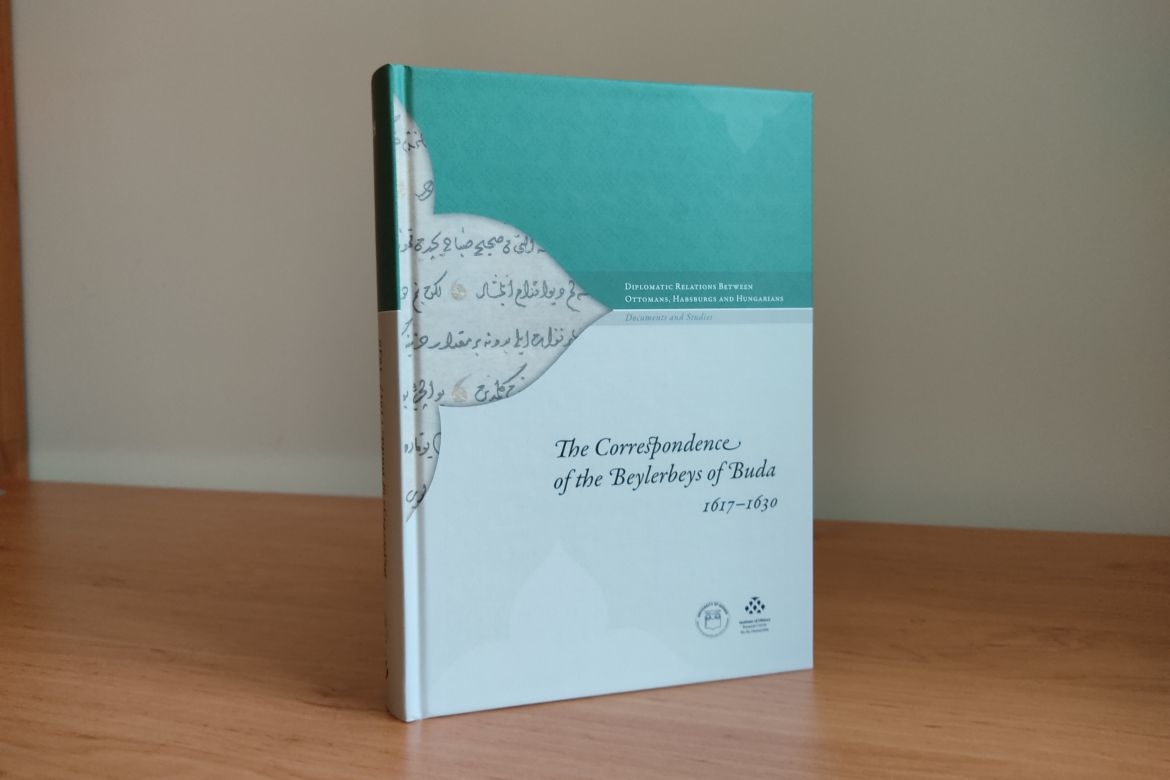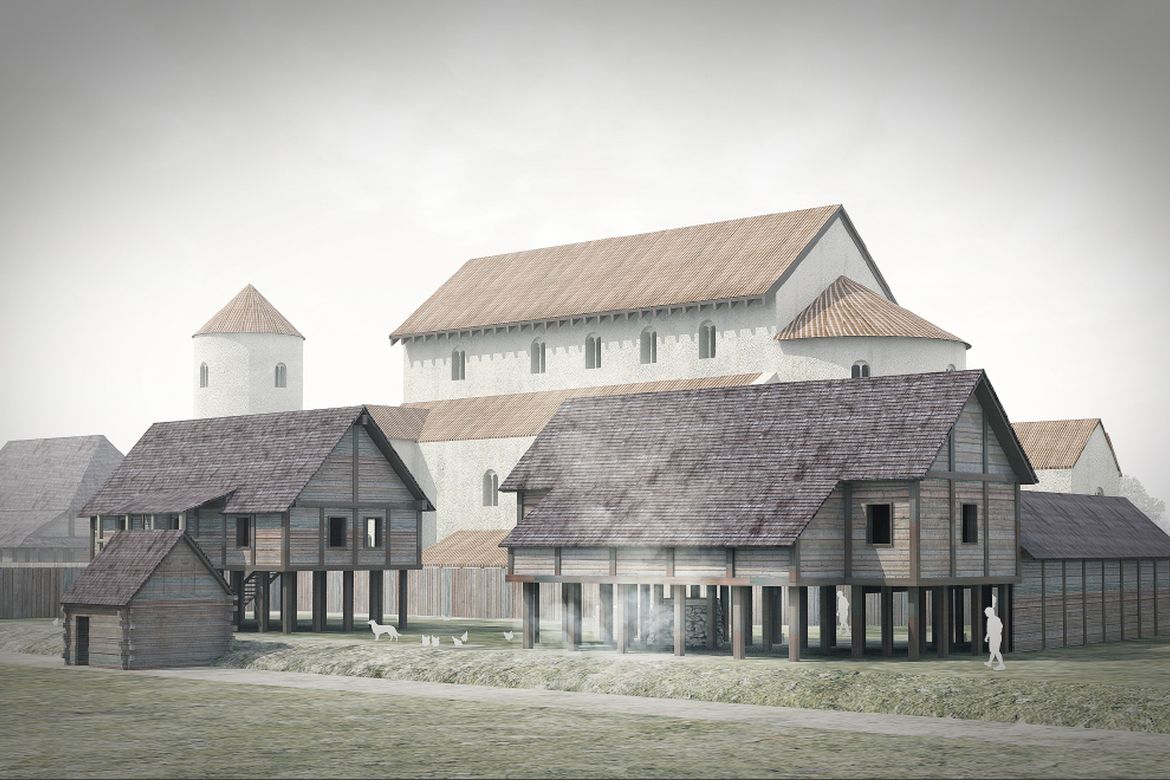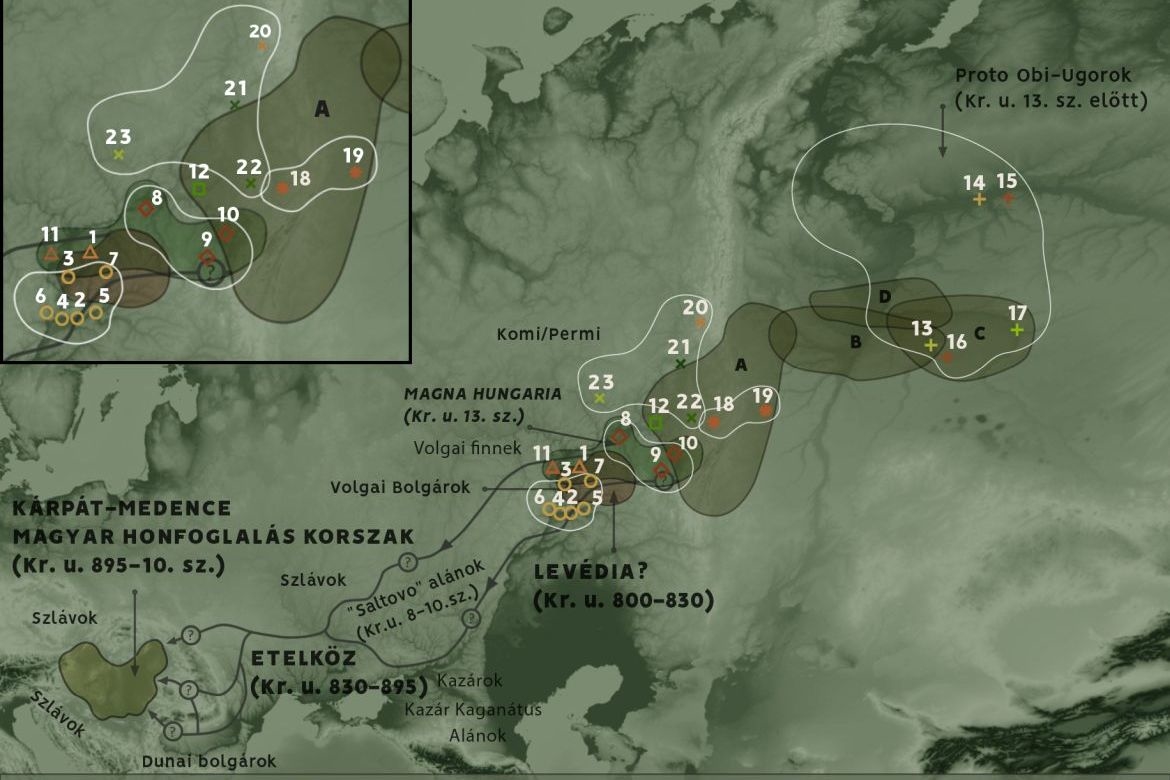
- Details
- By ELKH/RCH
As part of the most recent archaeogenetic research into Hungarian prehistory being conducted at the Institute of Archaeogenomics of the ELKH Research Centre for the Humanities (BTK), experts examined burial sites found along the presumed migration route of the Hungarians from various – archaeological, historical, and geographical – perspectives that could link them to these early Hungarians.
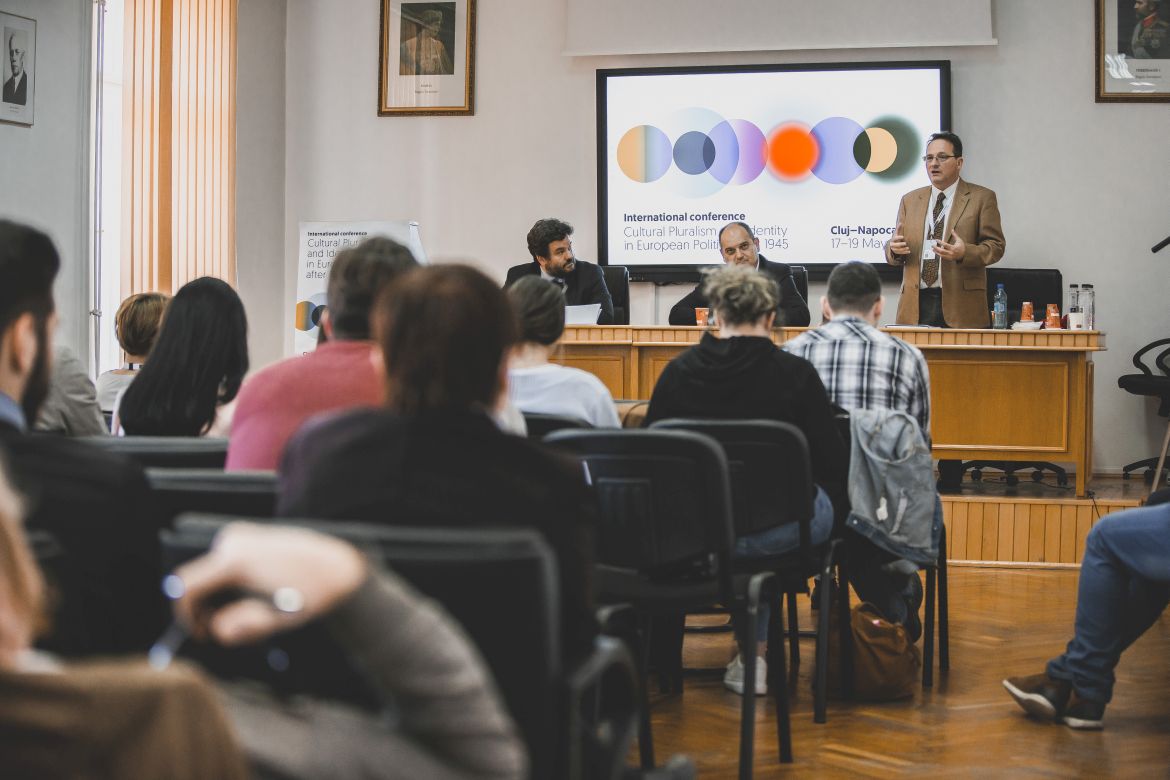
- Details
- By Research Centre for the Humanities
From 18 to 20 May 2019, the Babeș-Bolyai University of Cluj hosted the Warsaw-based European Network of Remembrance and Solidarity conference, this time entitled Cultural Pluralism and Identity in European Politics after 1945.
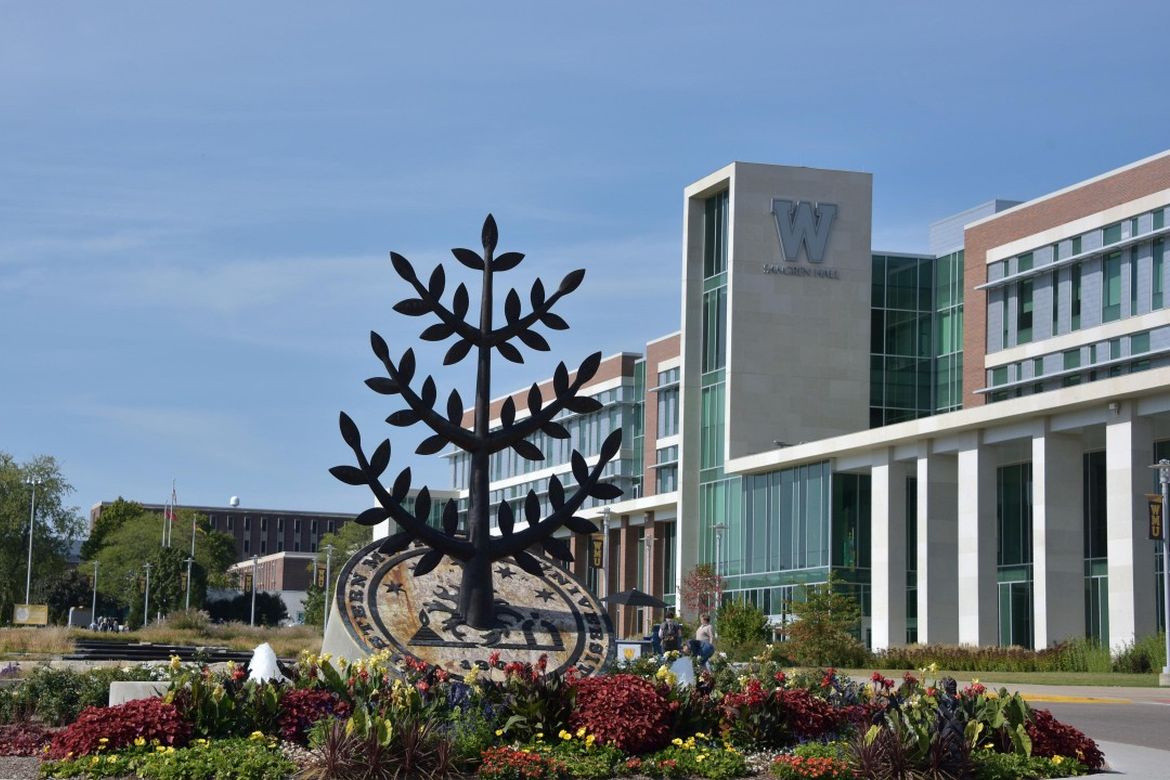
- Details
- By Research Centre for the Humanities
This year, Western Michigan University (Kalamazoo, Michigan, USA) hosted the 57th International Congress on Medieval Studies online. The 432 sessions and roundtable discussions were attended by medieval scholars from all over the world, including István Kádas and Bence Péterfi, both research fellows of the Institute of History of the RCH (and members of the „Lendület” Medieval Hungarian Economic History Research Group and of the NKFI project K 134690).



